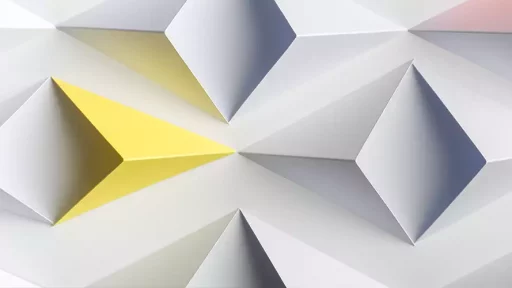Introduction to Snowy Inserts
In the world of photography and videography, capturing the perfect shot often requires creativity and innovation. One such innovation is the use of snowy inserts, a technique that has gained notable popularity among professionals and enthusiasts alike. This article delves into what snowy inserts are, their applications, and how they can enhance visual storytelling.
What Are Snowy Inserts?
Snowy inserts refer to a visual effect created by adding artificial snow elements to photographs or videos during post-production. This can be achieved using various software tools or by integrating real snow into the shooting process. The goal is to create a winter wonderland effect or to give the impression that a scene is taking place in snow-covered environments.
Applications of Snowy Inserts
- Film and Video Production: Snowy inserts are extensively used in film productions to create Christmas-themed scenes or to depict harsh winter conditions.
- Photography: Photographers use snowy inserts to enhance landscape photographs, creating stunning imagery that captivates viewers.
- Advertising: Brands use snowy inserts in commercials to evoke emotions associated with the winter season and to create warm, fuzzy feelings about their products.
Examples of Snowy Inserts in Action
Here are a few noteworthy examples of snowy inserts effectively used in various media formats:
- Film: “Frozen” – Disney’s animated blockbuster used extensive snowy inserts to convey the beauty and magic of winter.
- Photography: Winter Landscapes – Many photographers enhance their winter landscape shots by digitally adding snow elements, making them more appealing.
- Advertising: Coca-Cola: Iconic Christmas commercials often include snowy inserts, creating a festive atmosphere that aligns with their branding.
Case Studies
Analyzing real-world applications can illustrate the impact of snowy inserts effectively:
Case Study 1: “Winter Wonderland” Short Film
- Objective: Create a short film that showcases the beauty of winter.
- Process: The filmmakers used both real snow and snowy inserts during post-processing to create enchanting scenes.
- Outcome: Viewers responded positively, praising the film’s visual appeal and immersive experience.
Case Study 2: Product Marketing Campaign
- Objective: Launch a winter-themed marketing campaign for a clothing brand.
- Process: The brand utilized snowy inserts in their promotional photographs to portray clothing in a festive winter setting.
- Outcome: The campaign saw a 30% increase in engagement and boosted sales during the holiday season.
Statistics on Visual Appeal
Research shows that visuals play a crucial role in consumer engagement:
- Content with relevant images gets 94% more views compared to text-only content.
- Visual content is 40 times more likely to be shared on social media than plain text.
- Approximately 70% of marketers believe that visual assets (like snowy inserts) are responsible for increased engagement.
Tips for Creating Effective Snowy Inserts
Here are some tips to make the most out of snowy inserts:
- Choose the Right Software: Programs like Adobe After Effects, Photoshop, or specialized plugins can help you achieve realistic snow effects.
- Focus on Lighting: Ensure that the lighting in your original scene matches the snowy effect for a seamless blend.
- Experiment with Different Textures: Utilize different snow textures to create depth and realism.
Conclusion
Snowy inserts are a powerful tool for creators looking to enhance their storytelling techniques. Whether in film, photography, or advertising, the use of artificial snow can evoke emotions, enhance visual narratives, and create memorable experiences for audiences. By understanding their applications and best practices, professionals can effectively incorporate snowy inserts into their work, capturing the magic of winter and leading to greater viewer engagement.




